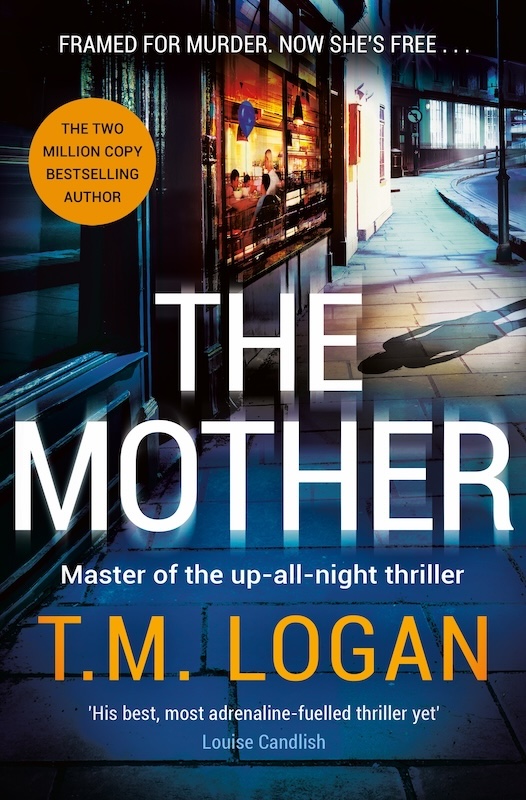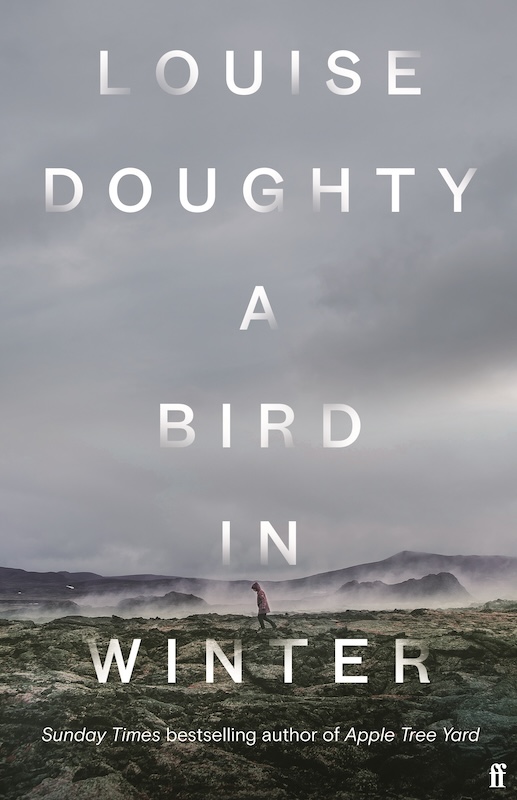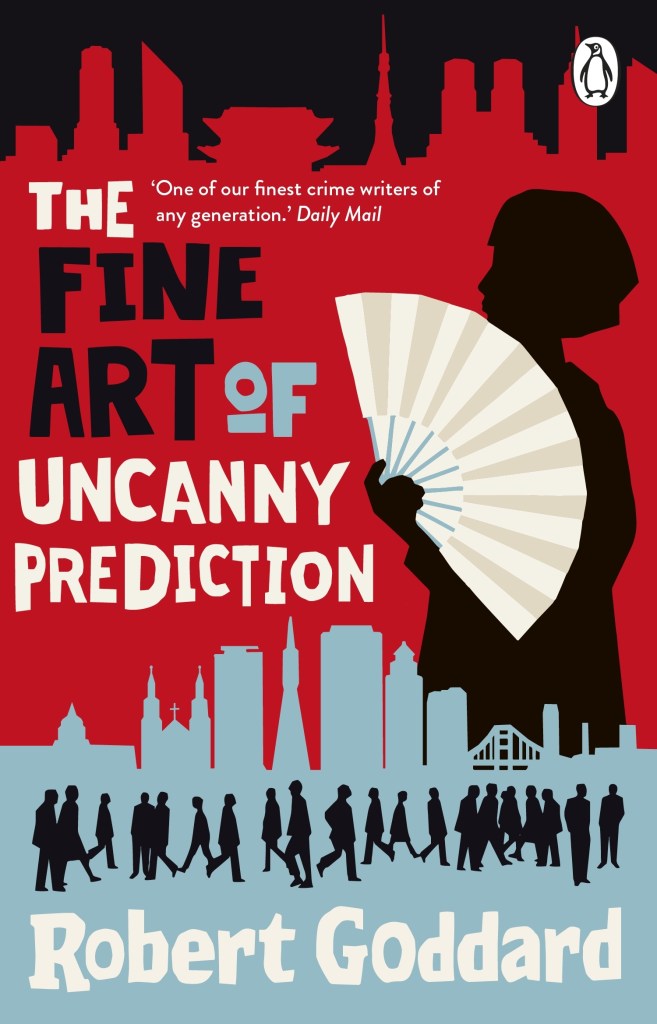
It is interesting how claustrophobic a large country house can seem in a nicely gothic suspense novel like this. In spite of extensive grounds and views that take in woods and a river, the country house at the heart of Anita Frank’s latest novel, The Good Liars, is taut with post-war misery, its inhabitants hemmed in by events of the past.
We catch up with the Stilwell family in 1920. There’s Maurice Stilwell, who is mentally damaged by his time in the trenches. He lives at the atmospherically named Darkacre Hall with his beautiful and somewhat petulant wife, Ida, and his younger brother Leonard. There’s also Maurice’s great friend, Victor, manly and debonair, who was once in love with Ida, but with Maurice’s family money, was always going to be the losing suitor.
Unlike Maurice, Leonard is sound of mind, but a physical wreck, and this is why Sarah is taken on as his nurse, a great relief to Ida, as it has been nigh on impossible to find staff willing to stay at Darkacre Hall. It is soon clear that Ida has earned the hatred of the locals because of her actions in the early stages of the war, handing out white feathers to young men who needn’t have signed up, either because of their age or occupation. Many felt compelled to enlist and some lost their lives.
It’s a chilly, gloomy house, that Sarah has come to but being a good sort, she soon mucks in, not only helping Leonard but taking on a lot of the housekeeping. You can’t help wondering if she’s too good to be true, but she’s kindly and observant which helps the story along.
Sarah is beginning to find the dark wood that dominates the Hall horribly oppressive. The incessant panelling and ancient furniture greedily absorb all glimmers of light. Everything around her appears drab and morose. Even the silverware on the table – the candlesticks, the cruet set, the cutlery – is tarnished, and though the electric lights of the low-hanging brass candelabra above them are lit, two of the bulbs have blown, meaning that, beyond the immediate table, the features of the room are concealed in dense shadow, in which anyone – or anything – might lurk without fear of detection. She finds it a most unsettling thought.
Into this setting comes a police inspector who is looking into a cold case – the disappearance of a teenage boy in the summer of 1914. There’s been a letter apparently, and new information to suggest the boy was in the Darkacre Hall grounds when he went missing. A Sergeant Verity is sent to ask further questions, and this throws the household into a spin. Maurice becomes agitated, and Leonard even more miserable.
The reader is soon aware that there are secrets everyone is hiding, events from before and during the war that have never been accounted for. While everyone else quivers and frets, Victor, the man of action, makes a bold decision. Meanwhile Sarah has a sense that there is a ghostly presence at the Hall, which adds to the atmosphere. Can the aptly named Verity get to the bottom of things?
Anita Frank builds tension expertly, switching the point of view between characters who huddle in corners, or take drastic steps. As well as a major weather event that keeps everyone even more housebound, there are one or two surprises you probably won’t see coming. And while you get caught up in the story, desperate to know how it plays out, you’re treated to some excellent writing too.
While this may not be the cheeriest novel – the dark events of a terrible war haunt every moment for the characters, in more ways than one – it is all put together really well. I will be happy to look out for more by Anita Frank – The Good Liars is a four-star read from me.








